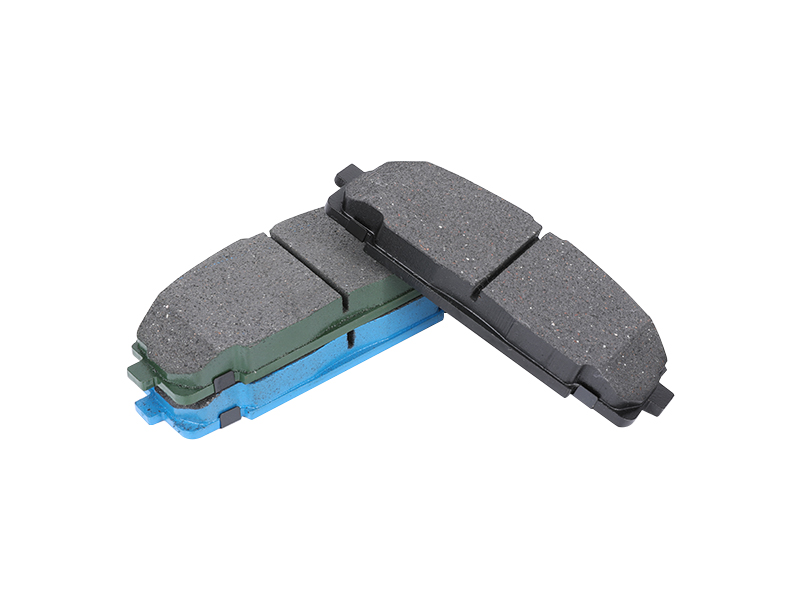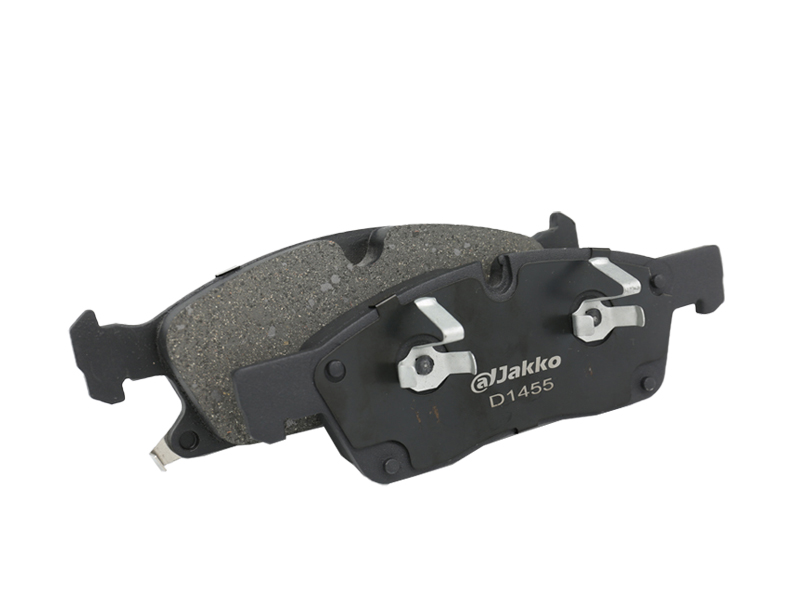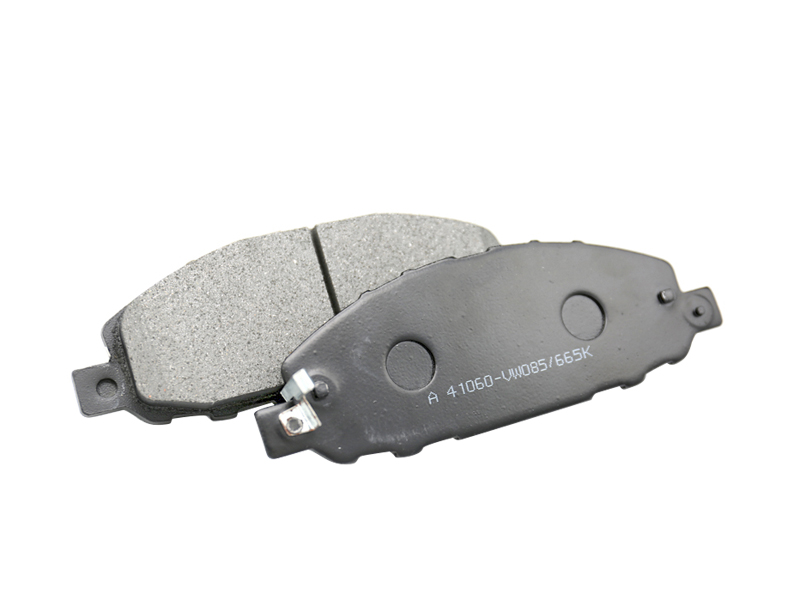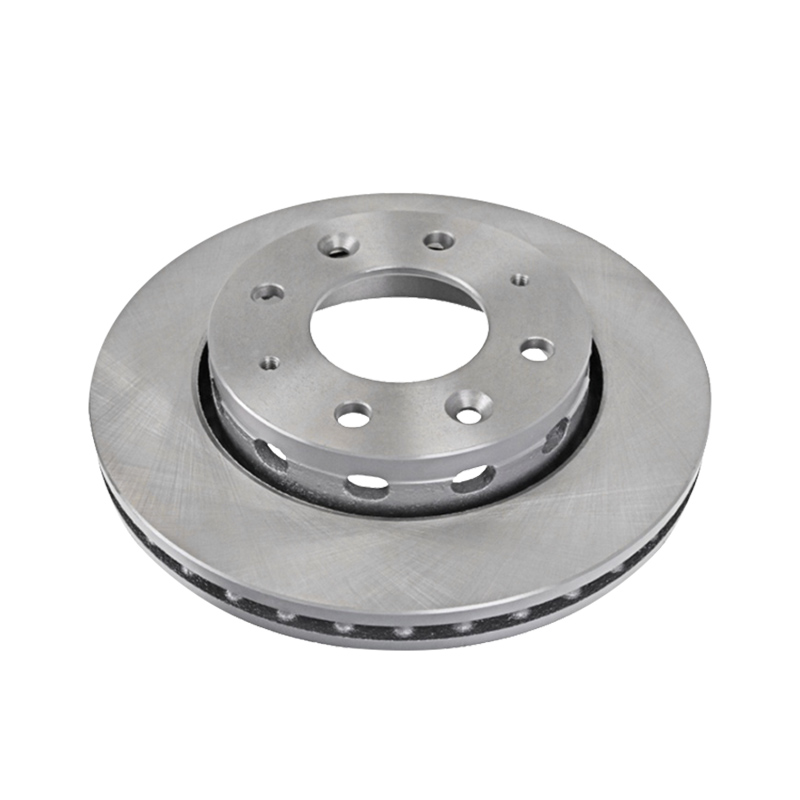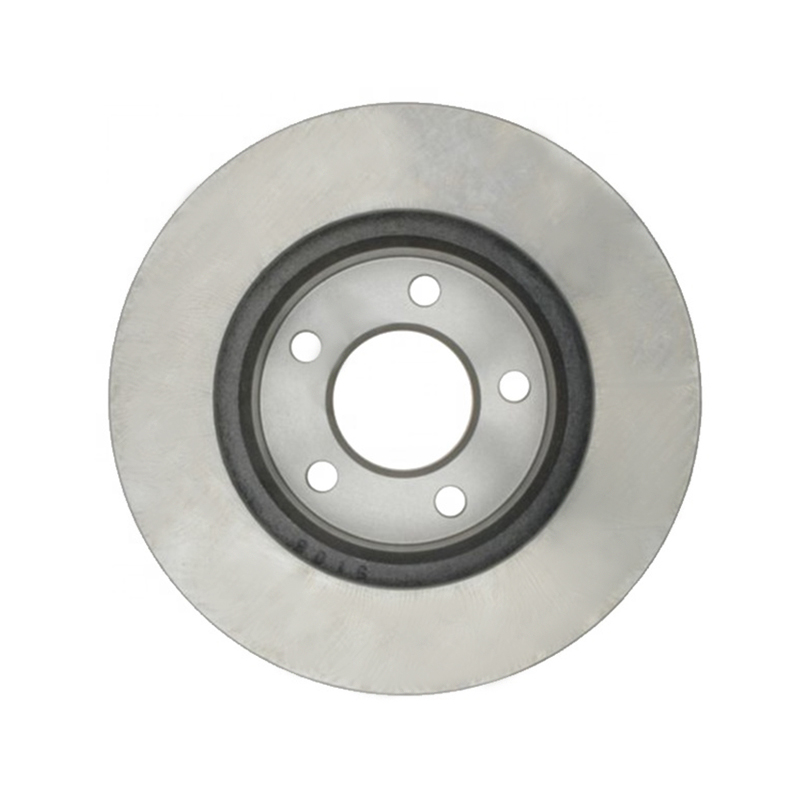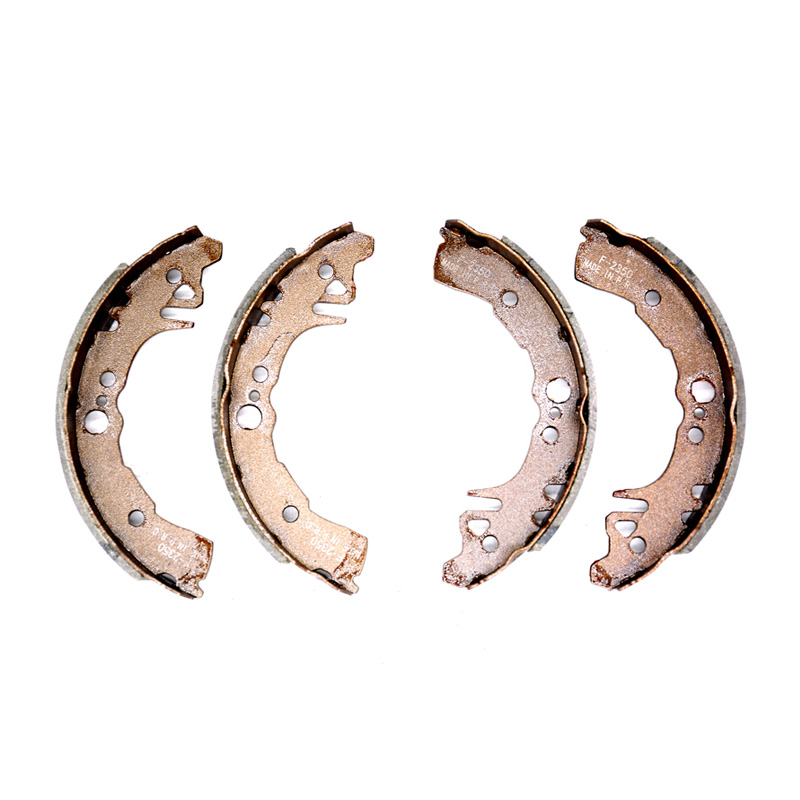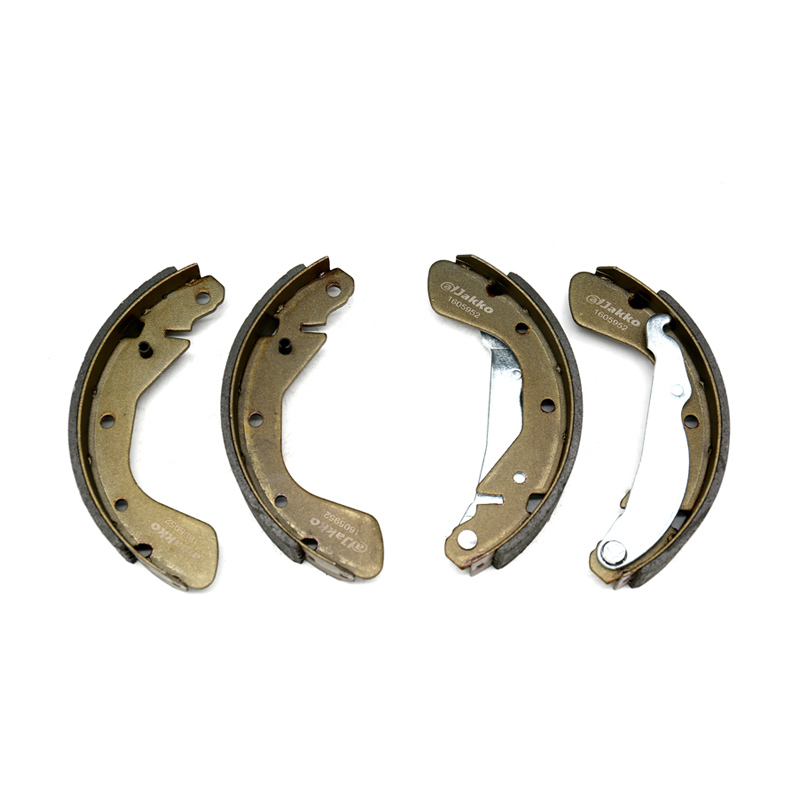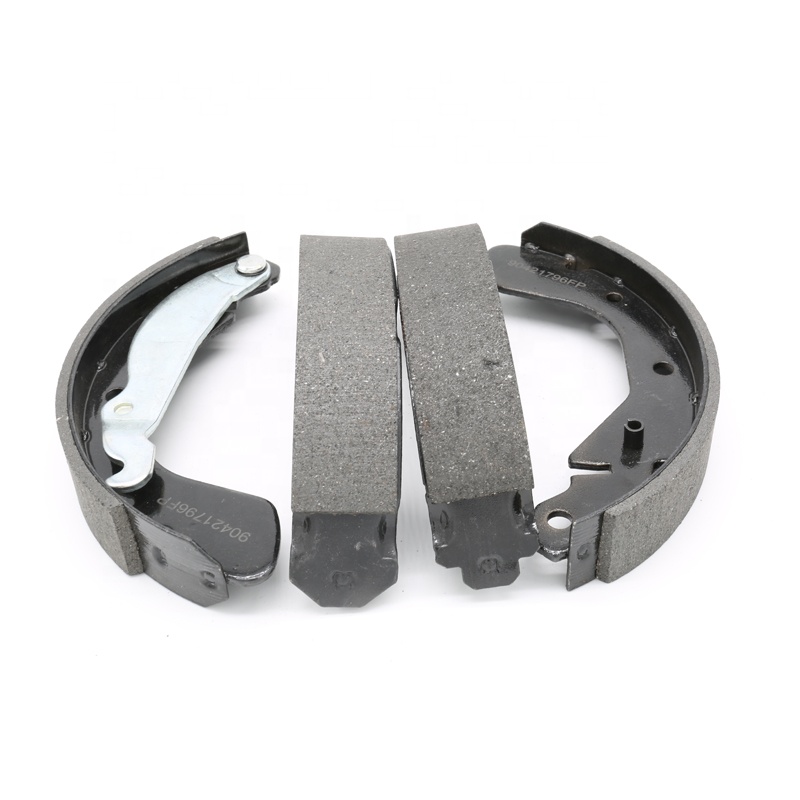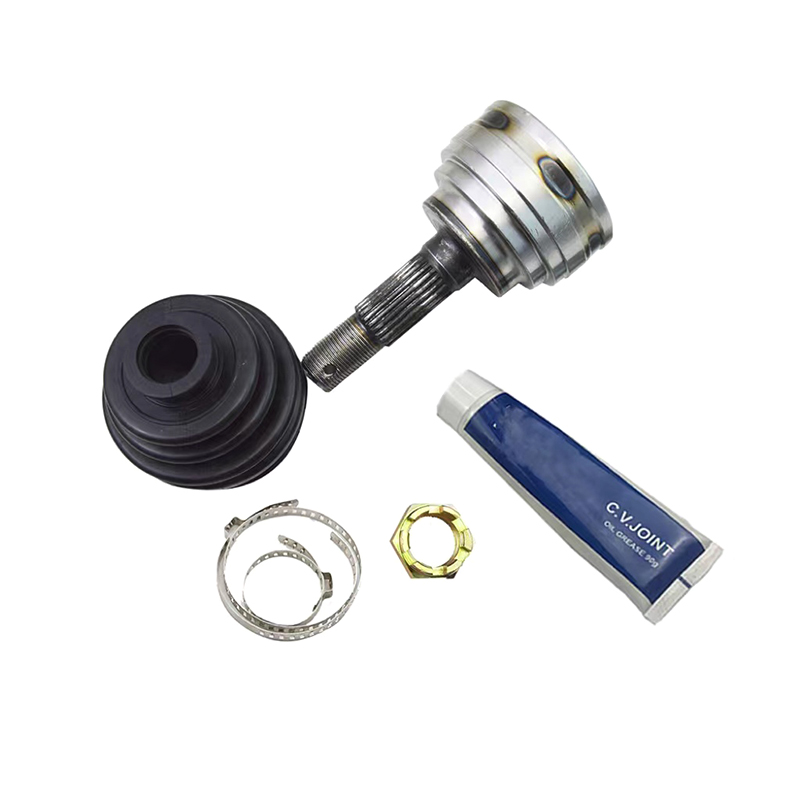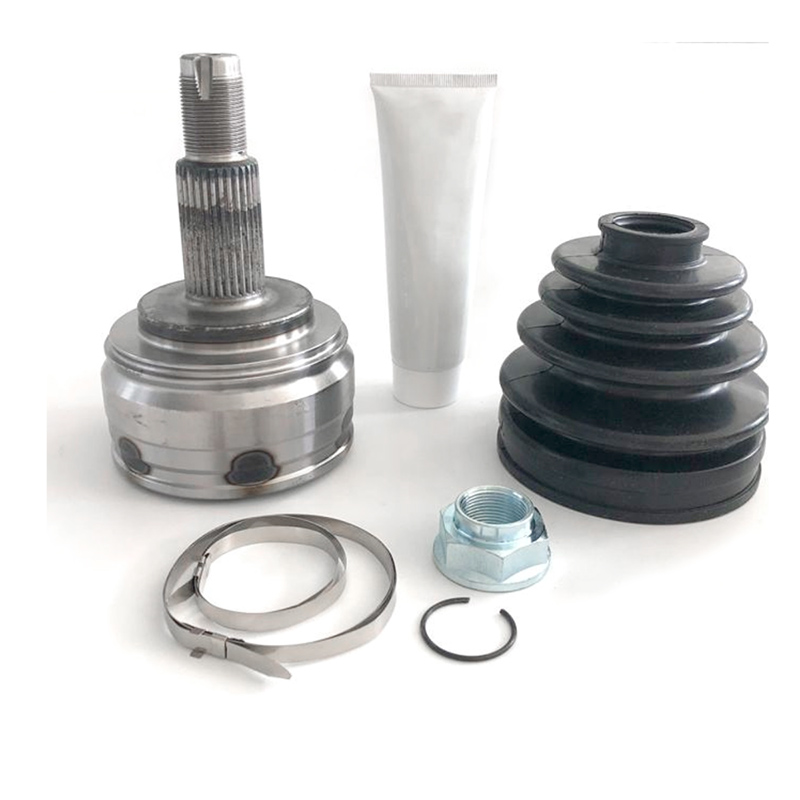Getting the correct type of
brake pads is very important to the safety and performance of your vehicle. Brake pads can be made of ceramic, semi-metallic or non-asbestos materials. These materials help protect your vehicle's brakes from damage and keep them in good condition.
Ceramic brake linings are an increasingly popular choice for automotive brakes. They reduce noise and vibration and generate virtually no dust. However, the amount of ceramic in the friction material varies from supplier to supplier. Most brake suppliers offer some level of ceramic content. It is very important for consumers to understand the ceramic content in brake pads before choosing brake pads.
Ceramic brake pads are much quieter than metal brake pads. This quietness is achieved through a high coefficient of friction. Ceramic brake pads are also more heat resistant than metal brake pads. They also generate less dust than metal brake pads. In addition, ceramic brake pads will not damage the rotor.
Premium brake pads are the highest quality in the aftermarket. They often equal or exceed the performance of original equipment manufacturer (OEM) brake linings. Some may have a special low-dust formula that helps reduce brake dust on the wheels. Others may have special coatings to reduce brake noise. Some premium linings are designed to mimic the performance of European formula brake linings on European cars.
Ceramic brake pads consist of two parts: ceramic and silicon carbide. These brake materials absorb high frictional energy and are also resistant to oxidation and corrosion. Ceramic brakes can improve vehicle performance, but they do require special brake pads for your vehicle. This type of lining requires proper insulation to protect the brake disc from heat.
Organic brake pads are made from organic fibers. These materials are pressurized to create friction. Organic brake pads containing asbestos have been banned from passenger cars due to health risks. Today, the most effective brake lining materials are full metal, ceramic and semi-metal.
Semi-metallic and ceramic brake pads are the best choice for everyday driving. Always consider your driving style and the manufacturer's recommendations before choosing brake pads. They are durable and quiet, but should be installed by a qualified technician or mechanic. You should also make sure that the replacement pad has the same noise reduction grooves as the original pad.
While organic and semi-metallic brake pads are cheap and quiet, they don't last as long as ceramic pads. They also wear out faster and leave a lot of brake dust on the wheels. These are fine for short drives, but if you're planning longer trips, you might want to consider ceramic brake pads.
Another advantage of ceramic brake pads is that they are quiet. Due to their density, they are more durable and less prone to damage. They also generate less dust than organic products. Furthermore, they do not damage brake rotors. They also last longer than organic produce. The heat dissipation characteristics of ceramic brake pads make them more reliable and stable in a wide temperature range.
Asbestos-free brake pads are an excellent alternative to traditional brake pads. Asbestos-based brake pads were once common on disc brake pads, clutch plates and brake shoes. They were chosen for their durability and thermal performance. However, the use of asbestos in these components creates dust that is harmful to humans. As a result, automakers have been forced to develop alternative liners that meet the same performance and durability standards.
These products are important for a variety of industrial and marine applications as they provide the optimum level of friction required for highly controlled braking. They are also very durable and have a non-directional finish that enables them to achieve shorter stopping distances. If you are looking for asbestos free brake pads for your next project.
Asbestos-free brake pads are available in a variety of thicknesses. Non-asbestos brake pads are generally made of special non-asbestos fabric impregnated with synthetic resin. They are then finished to the specific dimensions of the brake roller.
Mechanical pulp fibers used in paper and other paper products have a high rate of heat absorption. It can be used as a filler in automotive brake linings and can be combined with other materials to make composites with high fiber bonding and strength. In addition, asbestos-free brake pads can be mass-produced for industrial applications.
Asbestos-free brake pads are also a viable option for reducing brake noise. The ideal content of talc in brake linings ranges from 1 to 30 volume percent. However, if the content of talc exceeds 30% by volume, molding becomes difficult.
While the use of asbestos brake pads may be illegal, their use is still common in the automotive industry. Many workers in manufacturing plants and throughout the distribution chain are exposed to asbestos dust. These workers can develop mesothelioma, a deadly cancer caused by asbestos exposure. Asbestos is not only harmful to the human respiratory system, but also to the environment.
While most new cars now use ceramic brake pads, older cars still use asbestos-free brake pads. They produce less brake dust and less noise than metal brake pads. However, these pads are not suitable for performance drives. This means consumers need to do their own research before purchasing organic brake pads.
Semi-metallic brake pads are made of copper, iron, steel or graphite. These materials are durable and won't fade easily. They are also cleaner than organic materials and more cost-effective than ceramic mats. However, these linings can be noisy and generate dust during braking.
Semi-metal brake pads have higher friction than ceramic brake pads. They are ideal for light, medium and heavy duty vehicles. These pads are also more fade resistant than ceramic pads. However, they don't last as long as ceramic pads. Semi-metallic brake pads are high temperature resistant and are the best choice for heavy vehicles.
Most vehicles are fitted with semi-metallic brake pads. But the ceramic pads can be replaced. The latter type is more expensive than the former, but is designed for more aggressive braking. Some manufacturers even combine semi-metallic and ceramic brake pads to reduce brake noise and dust.
When choosing the type of brake pads, you need to consider your driving habits. Are you a commuter who hardly drives long distances? If so, you may want to consider organic brake pads. On the other hand, if you are a businessman who travels a lot, you need to consider ceramic or semi-metallic brake pads.
Ceramic brake pads are very effective in restoring braking performance to new levels. They are quiet, long-lasting and low dust. They also reduce wear on the brake rotors. But ceramic linings are expensive compared to semi-metallic or organic brake pads.
Ceramic brake pads are stacked by glass ceramic fibers and bonding materials. They generate less noise and heat and last longer than semi-metallic brake pads. In recent years, ceramic brake pads are also more popular. They were developed after semi-metals and are less abrasive to the rotor.
CAR BRAKE SYSTEM BRAKE DISC FRONT WHEEL 8303251156 FOR JEEP
product name:Brake disc
OE Number:8303251156
Application area:Front
Applicable models:JEEP
